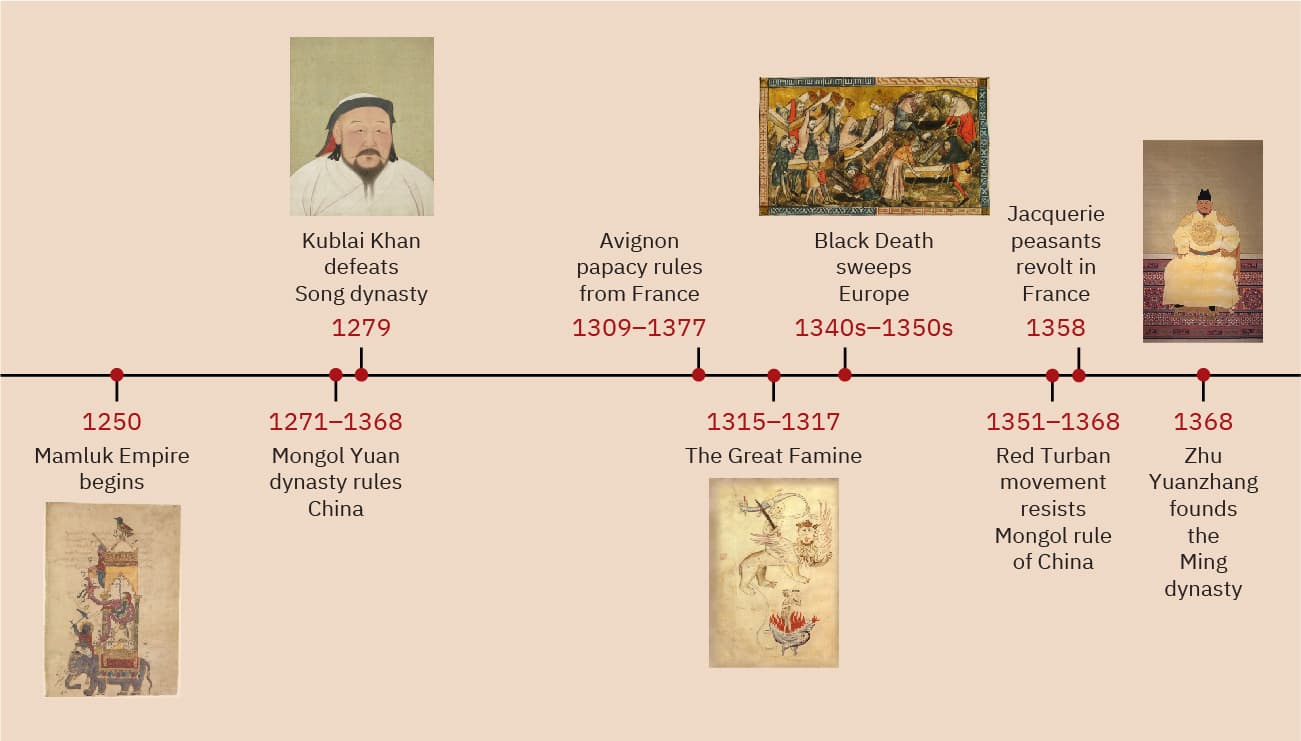Figure 16.1 Thanks to modern scientific tools, the remains of fourteenth-century bubonic plague victims, such as those being buried in this image, have yielded much insight into the course and impact of historical pandemics, and their short- and long-term consequences on human society. This painting is a miniature from a manuscript of the mid-fourteenth century. (credit: modification of work “Gilles li Muisis, Antiquitates Flandriae (Tractatus quartus)” by Belgian Art Links and Tools/Wikimedia Commons, Public Domain)
Climate change, global pandemics, and political upheaval may seem more characteristic of the modern era than of the premodern world, but the first decades of the 1300s did in fact witness a rapid succession of such crises, prompting historian Barbara Tuchman to dub the period “the calamitous fourteenth century” in her book A Distant Mirror. From the ravages of the so-called Little Ice Age to the bubonic plague (Figure 16.1) and the rapid decline of the once-mighty Mongol Empire, the 1300s were marked by an array of extraordinary challenges that not only radically altered the world’s demographic and political landscape but also showcased the strength and vigor of human resilience.
Although any one of these catastrophes might have crushed the societies upon which they descended, in each case, people adapted, rebounded, and rebuilt. Due to their remarkable grit, the fourteenth century offers an unprecedented opportunity for historians to understand critical facets of the human experience, such as the impact of environmental change, infectious disease, and the ravages of military conflict.

Figure 16.2 (credit "1250": modification of work “"The Elephant Clock", Folio from a Book of the Knowledge of Ingenious Mechanical Devices by al-Jazari” by Bequest of Cora Timken Burnett, 1956/Metropolitan Museum of Art, Public Domain; credit "1279": modification of work "Yuan Emperor Album Khubilai Portrait" by National Palace Museum/Wikimedia Commons, Public Domain; credit "1315–1317": modification of work “Death (“Mors”) sits astride a lion whose long tail ends in a ball of flame (Hell). Famine (“Fames”) points to her hungry mouth” by “Mariule”/Wikimedia Commons, Public Domain; credit "1340s–1350s": modification of work "Gilles li Muisis, Antiquitates Flandriae (Tractatus quartus)” by Belgian Art Links and Tools/Wikimedia Commons, Public Domain; credit "1368": modification of work “Official court painting of the Hongwu Emperor” by Unknown/Wikimedia Commons, Public Domain)